In Memoriam: Dr. Jere Mitchell helped lay foundations of exercise physiology, changed medical practice on bed rest
DALLAS – July 20, 2021 – Jere Mitchell, M.D., former director of the Harry S. Moss Heart Center at UT Southwestern Medical Center and an internationally recognized exercise physiologist whose seminal findings on maximal oxygen uptake changed conventional medical practice on bed rest and laid the foundation for central command physiology, died July 17. He was 92.
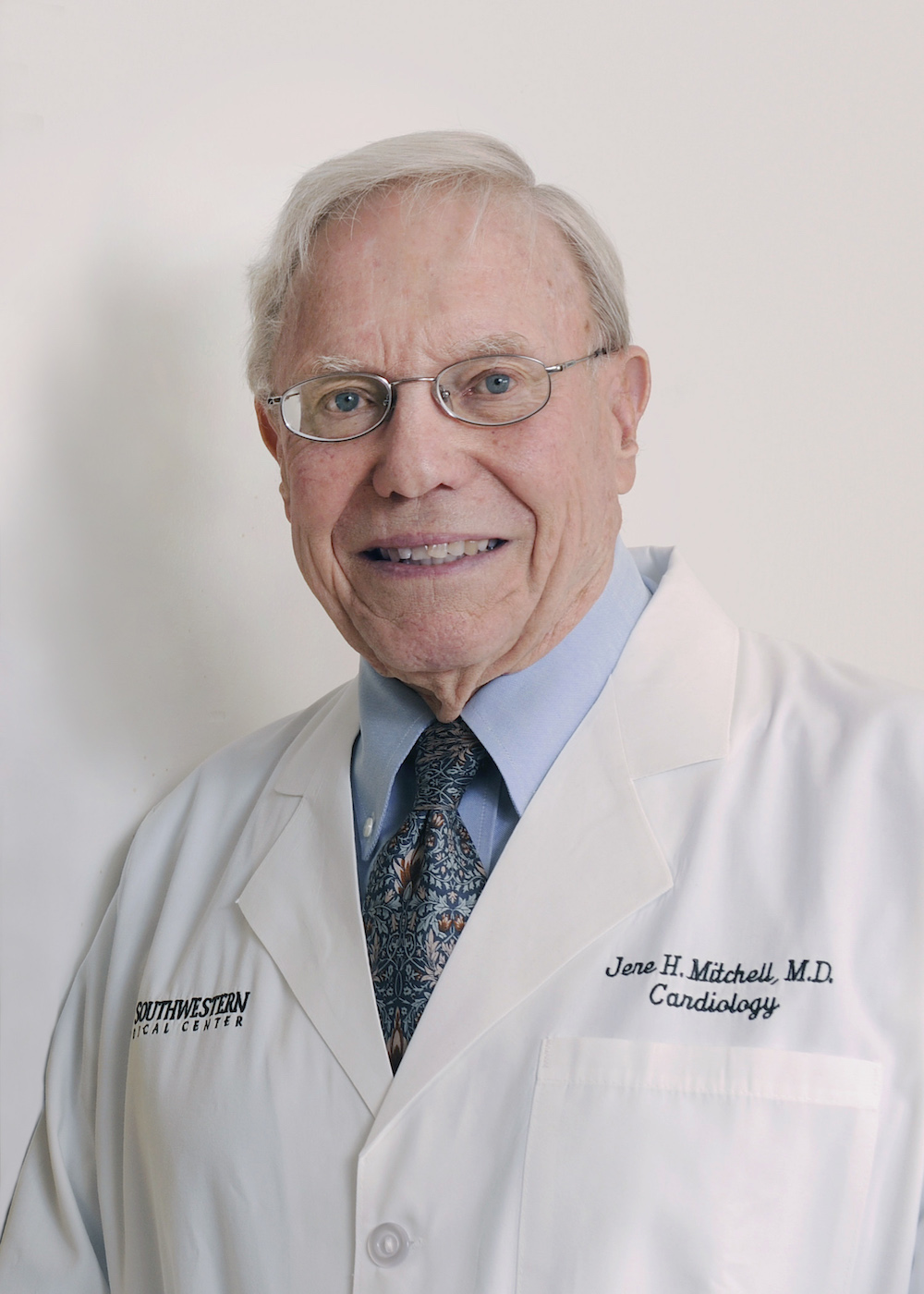
“Dr. Mitchell provided groundbreaking understanding of the impact of exercise on cardiovascular function and the role of muscles in stimulating the cardiovascular system that have repeatedly overturned traditional thinking and medical practice,” says Daniel K. Podolsky, M.D., president of UT Southwestern Medical Center. “His findings helped lay the foundations for central command physiology and neural controlled circulation and are among the most cited research on the subject, leaving us a lasting legacy in the field of exercise physiology that continues to fuel insight.”
Mitchell, professor of internal medicine and physiology and a UT Southwestern alumnus, conducted research on maximal oxygen uptake that became the foundation of the landmark Dallas Bed Rest and Training Study, which in 1968 found that prolonged bed rest dramatically reduced the heart’s ability to pump blood effectively. The findings, which evolved from initial investigations into oxygen transport during exercise, overturned the common practice at the time of prolonged bed rest after heart attack and instead demonstrated the need to resume activity quickly. They were later applied to recovery after surgery and childbirth and led to head-down tilt bed rest studies and research on the effect of zero gravity on cardiovascular function, which helped establish the field of space physiology.
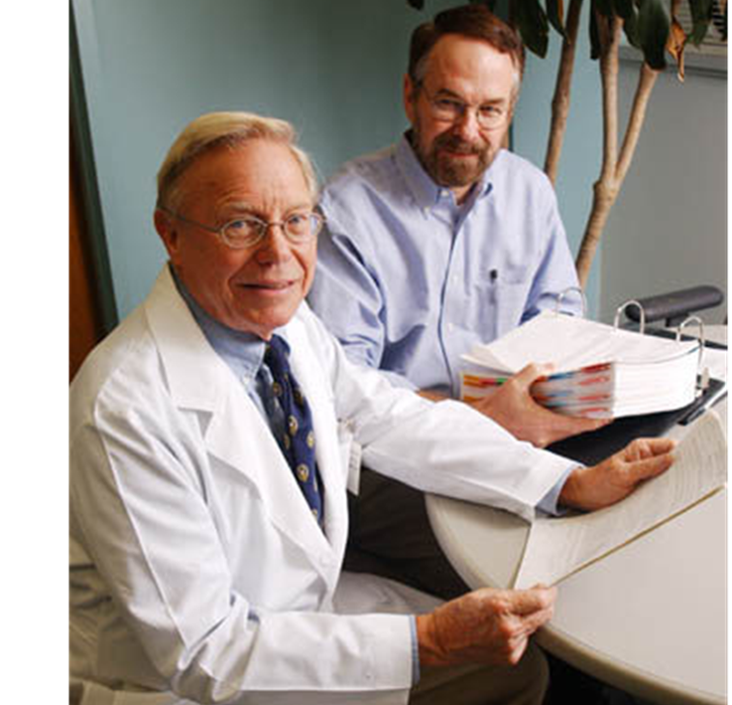
While working at the National Heart, Lung, and Blood Institute of the National Institutes of Health (NIH), Mitchell conducted research that overturned traditional thinking on differences between mean left atrial pressure and left ventricular end diastolic pressure, which revealed the transport function of the atrium. For this accomplishment, he received the first Young Investigator Award from the American College of Cardiology (ACC). Later at Oxford University, he conducted research on the role of muscles in stimulating the cardiovascular system. This identified what became known as the exercise pressor reflex, which along with research that revealed central command physiology, laid the foundations of neural controlled circulation. In conjunction with this research, Mitchell oversaw one of the longest running NIH program project grants, covering more than four decades.
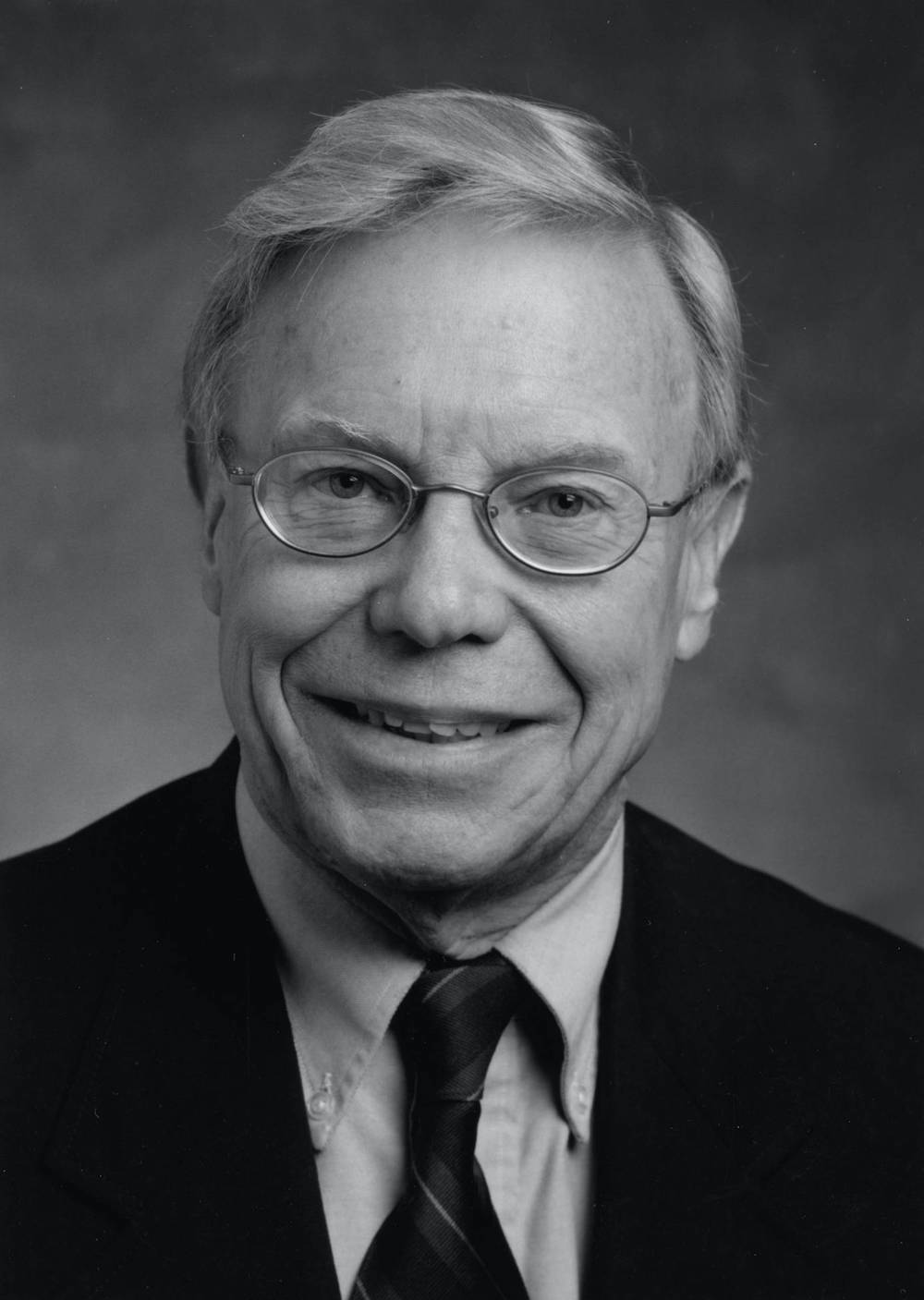
In addition to the ACC’s Young Investigator Award, Mitchell received the ACC’s Distinguished Scientist Award – the only investigator to receive both awards. He also was recognized with the Carl J. Wiggers Award from the American Physiological Society, the Paton Prize from The Physiological Society, the Award of Merit from the American Heart Association, the Honor Award from the American College of Sports, a Career Development Award from the U.S. Public Health Service, the Albert Nelson Marquis Lifetime Achievement Award from Marquis Who’s Who, and as a Distinguished Humanitarian by Marquis Who’s Who.
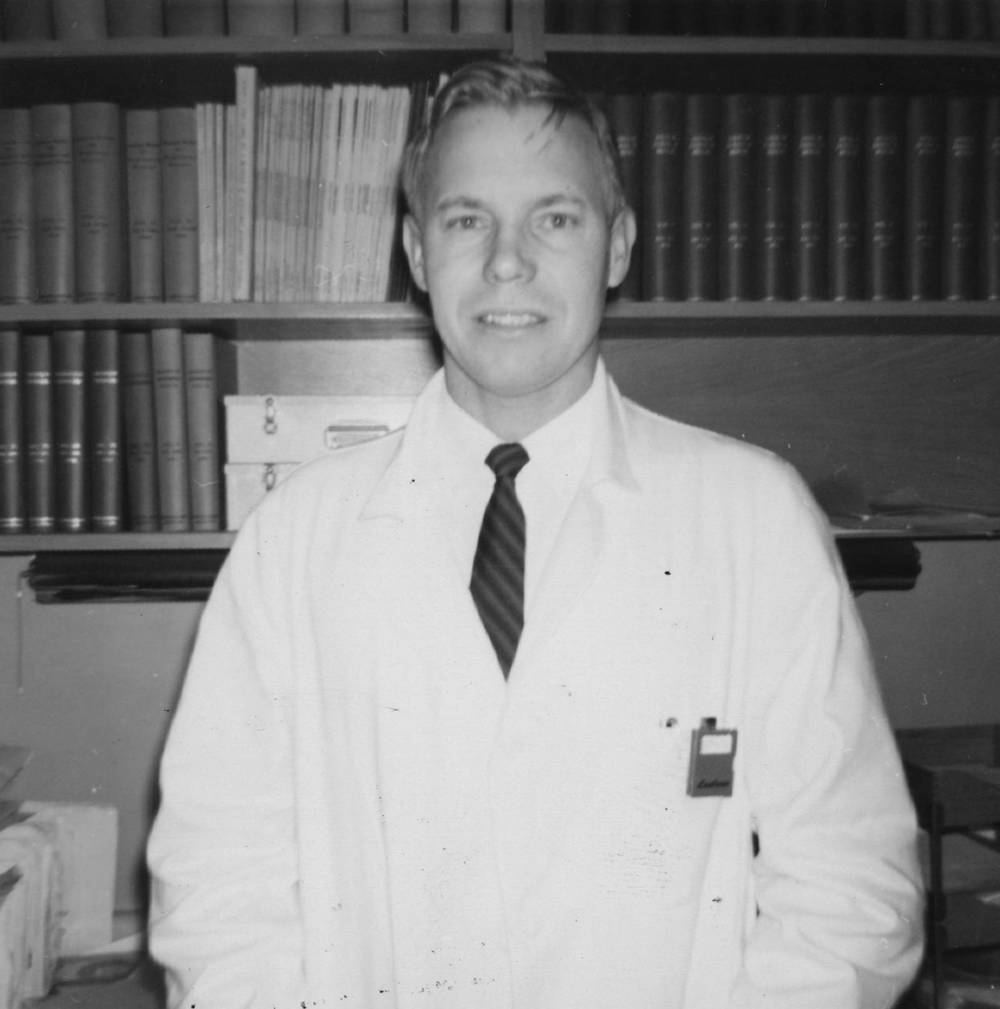
Mitchell was born in 1928 in Longview, Texas, and graduated with honors in 1950 from Virginia Military Institute before receiving his medical degree from UT Southwestern in 1954. He served his residency and a fellowship at UT Southwestern, along with a fellowship at the Laboratory of Cardiac Energetics for the National Heart, Lung, and Blood Institute in Bethesda, Maryland. He joined the UT Southwestern faculty in 1962 and became the director of the Pauline and Adolph Weinberger Laboratory for Cardiopulmonary Research in 1966 before becoming director of the Harry S. Moss Heart Center in 1976. He also helped establish the Human Performance Center, at the time a joint venture between UT Southwestern and the former St. Paul Medical Center; served on the science advisory board of the U.S. Air Force; was named national vice president of the American Heart Association; served as a Percy Russo lecturer and professor at the Cumberland College of Health Sciences at The University of Sydney in Australia; and received an honorary Doctor of Philosophy from the University of Copenhagen in Denmark.
Mitchell had recently donated funds to establish a new distinguished chair approved by the UT System to be known as the Jere H. Mitchell, M.D. Distinguished Chair in Cardiovascular Science. In addition, the S. Roger and Carolyn P. Horchow Chair in Cardiac Research, in Honor of Jere H. Mitchell, M.D., which he held, and the Jere H. Mitchell, M.D. Distinguished Professorship in Clinical Research were created in recognition of his contributions to the field.
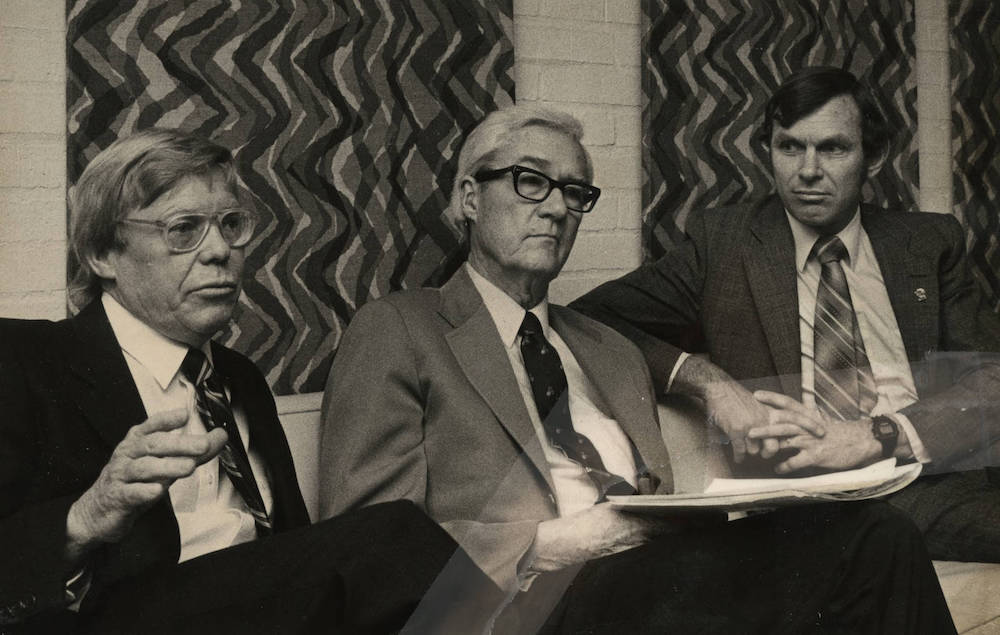
“Dr. Mitchell’s innovative thinking and collaborative approach to academic discovery will carry forward in the foundational research he built and the inspiration he provided to generations,” says W. P. Andrew Lee, M.D., executive vice president for academic affairs and provost, and dean of UT Southwestern Medical School.
About UT Southwestern Medical Center
UT Southwestern, one of the premier academic medical centers in the nation, integrates pioneering biomedical research with exceptional clinical care and education. The institution’s faculty has received six Nobel Prizes, and includes 25 members of the National Academy of Sciences, 16 members of the National Academy of Medicine, and 13 Howard Hughes Medical Institute Investigators. The full-time faculty of more than 2,800 is responsible for groundbreaking medical advances and is committed to translating science-driven research quickly to new clinical treatments. UT Southwestern physicians provide care in about 80 specialties to more than 117,000 hospitalized patients, more than 360,000 emergency room cases, and oversee nearly 3 million outpatient visits a year.
